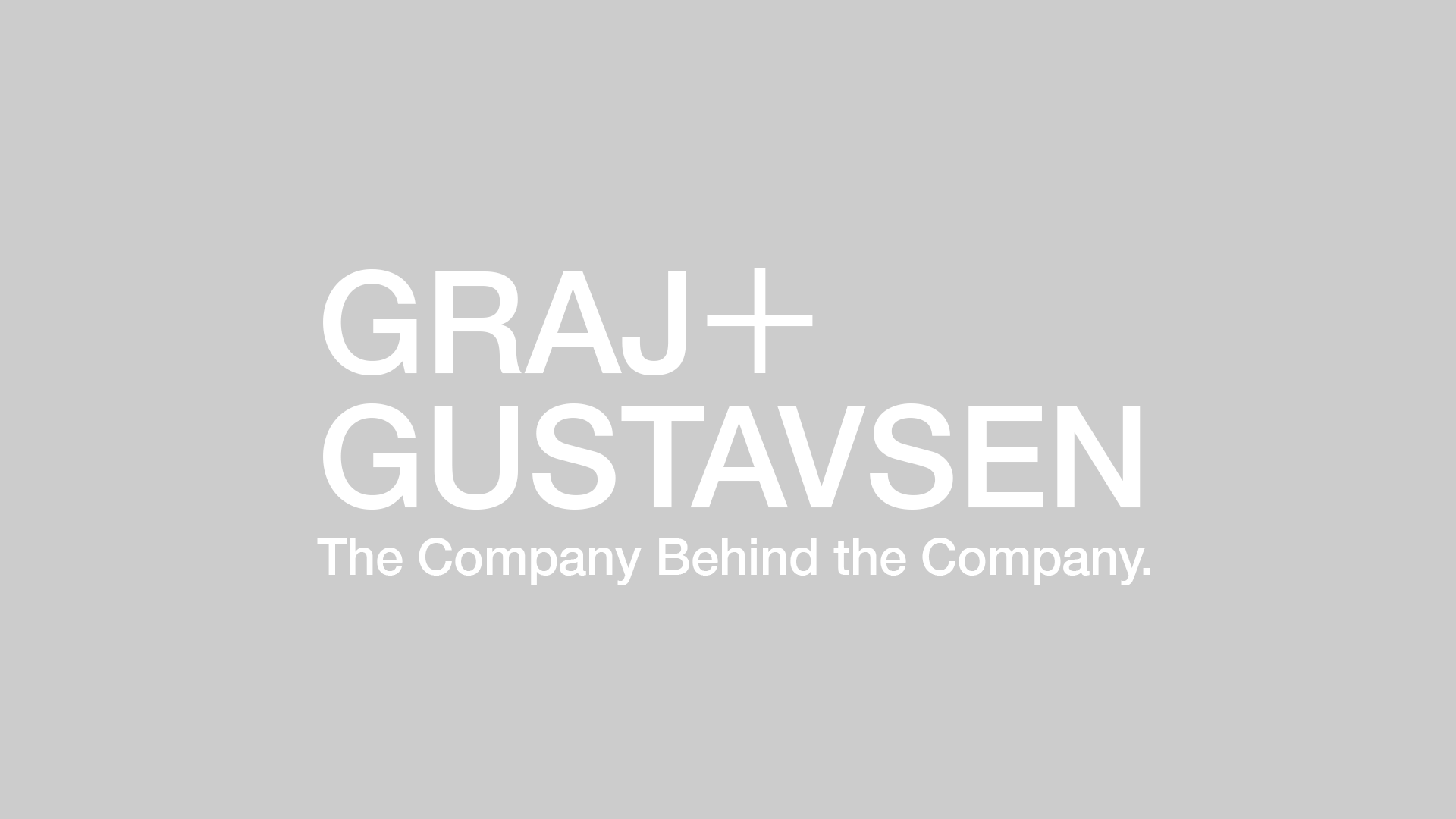A random event can sometimes make us totally reassess our attitude toward risk. In his masterful study of risk, Against the Gods, the late Peter L. Bernstein – a financial historian and economist – tells the story of a celebrated professor of probability and statistics in Moscow during World War II. Aerial bombardment of the city was relentless. Even so, this Soviet scholar shunned air raid shelters. After all, Moscow had seven million people. “‘Why should I expect them to hit me?'” he would say dismissively.
One night the prof suddenly appeared in one of the shelters. Several of his pals happened to be there as well and were shocked to run into this hardened skeptic. They all wanted to know: What caused his 180° switch in attitude? “‘[T]here are seven million people in Moscow and one elephant,'” explained the professor, “‘Last night they got the elephant.'”
In a radically unpredictable world, smart people think scenarios. Investment managers are surely keen on this discipline. Once again, simplicity is essential. Center brand scenario-building on a few reliable factors that can help you intuitively anticipate market behavior. If you try to be comprehensive, you’ll smother yourself.
Those critical factors might be diverse as:
• sovereign debt in the Eurozone,
• the growth timetable for Southeast Asian markets,
• or, cotton production in Azerbaijan.
Always streamline the risk and opportunity life signs to what is truly vital for your business. Entrepreneurs especially need to develop a healthy split focus in overseeing their business. You must always manage a brand on two risk planes: operational risk AND intellectual-property risk. In either case, train yourself to intuitively recognize what would trigger a major change in business behavior in either domain.
Most managers plan their business in terms of scenarios. Few do so in ways that are intuitively brand-centered.
A recent article on the Bloomberg website discussed the dramatic difference in business attitudes toward risk since the Lehman Bros. collapse. The chief risk officer (CRO) – especially in finance – was once a high-level administrative position. Today, in large banking and investment jobs it can be a route to the CEO-ship and command $10 million-dollar annual compensation package. How is the world changing? According to Brian Leach, Chief Risk Officer at Citigroup, “The CEO has to have a risk mindset and really be able to live that foundational element of risk management.”
Bloomberg article author Jeff Green points out that CROs are mapping out the risk scenario with boards of directors “to define what the appropriate risk is for the company.” This is a new, but predictable level of control. The wise top management team will anticipate it and learn to navigate this terrain skillfully.
How can you advance the quality of your risk management when it comes to brands? These tips may help:
• Tinker. By tackling problems incrementally, hone a reliable gut instinct for workable magnitudes of risk. Develop a natural certainty in yourself and your team about what is truly perilous and the damage it may inflict.
• Calculate and assimilate fundamental break-even costs. For any brand investment, know what can truly jeopardize your bottom line.
• Associate your gains with genuine risk and energy investment levels. Don’t pretend that high-energy, high-risk approaches are acceptable and sustainable ways to do business. They just aren’t. It’s a grave risk to pretend that results are achievable in a seemingly effortless way when they are not.
• Look for quality external partnerships. Far and away the best solution for many brands is to find the right partners who can help them verticalize the business and / or provide proven expertise in licensing or manufacturing.
The risk scenarios you create are imaging and planning tools which can be enormously helpful in brand development. What’s important is that these scenarios are vivid, compelling, and clearly shared among your team with intuitive certainty. Achieve that standard and you make your brand a formidable competitor – an agile, organic force with real substance.


